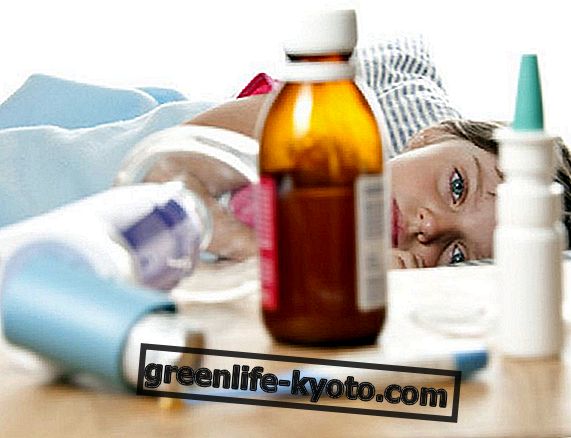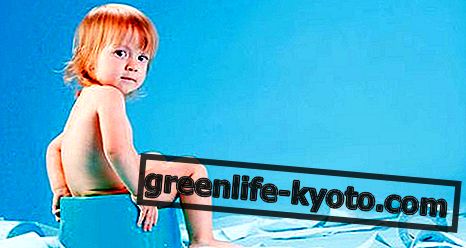
by Dr. Fiamma Ferraro, Scienza and Conoscenza.it editorial staff
First of all we must distinguish the vitamin D produced following exposure to the sun from that given with supplements . It is generally not necessary for those who are healthy to worry about avoiding vitamin D produced by exposure to sunlight in reasonable and normal quantities (and not necessarily based on the principle of "the more the better").
It is also interesting to note how nature has provided animals (with furs, feathers, scales or the like, and often living in caves, underground holes, forests, or in the sea, where light arrives in scarce quantity) of effective protection against too many solar rays.
Even the man, although in smaller quantities than the animals, is equipped with protection mechanisms : the child before being born is completely sheltered from the light and after the birth, in particular those who live in areas very exposed to the sun, have a darker skin, which allows the sun's rays to penetrate in lesser quantities, and when it is exposed to the sun for a long time there is immediately a redness and then a tan that protects against further penetration too intense.
Furthermore, every inch of skin cannot produce more than a certain amount of vitamin D when exposed to the sun.
Also with regard to the vitamin D normally contained in some foods (in particular in fatty fish), we should eat a very large amount to take an excess of this substance (and the size of our appetite and of our stomach protect us from this excess) .
While there are natural protective mechanisms aimed at preventing an excessive penetration of solar rays, mechanisms that therefore prevent a surplus of vitamin D caused by an excess of exposure, or from the intake of foods rich in this vitamin, there is instead no protective mechanism against a surplus of vitamin D caused by an overabundant intake of supplements containing precisely vitamin D.
When taking dietary supplements with vitamin D, therefore, natural protection mechanisms (tan and redness on one side and a full stomach on the other) are eliminated and prevent excessive accumulation.
Normally sunlight should be more than enough to provide the body with all the vitamin D it needs, and only in particular cases of people who live almost without leaving home or in very dark climates it may be necessary to take foods rich in vitamin D (it is no coincidence that the Eskimos, who live in dark and cold areas, have plenty of cod liver and other fish, rich in vitamin D, while those who live in tropical areas, as well as being protected by trees, forests and luxuriant vegetation against an excess of sun, has at its disposal, with fruit and other tropical flora, foods in which practically there is no vitamin D).
However, normally there is no need for particular caution in people who are well, aiming to avoid the sun or natural foods rich in vitamin D. Instead, the indiscriminate intake of supplements containing vitamin D should be avoided : this substance, as is done with hormones, should be taken only in case of actual deficiency, found with precise analyzes, in which not only the rate of 25-D but also that of 1.25-D is measured.
Particularly in relation to children there would be to worry about the frequency with which parents (convinced by an intense propaganda on the "vitamin of the sun", now added to milk, yogurt and almost all multivitamin supplements, and articles of folk medicine concerning the "endemic deficiency" of vitamin D), they often give excessive doses of this hormonal substance in many cases, which could cause important negative effects on their immune system .
Often, in fact, the vitamin in question is administered in doses quite high to mothers during pregnancy, as it has been ascertained that breast milk generally contains - not only in the Nordic countries - little vitamin D (25 IU per liter or less) .
Starting from the assumption (which is not yet sufficiently proven) that the reason consists in the fact that mothers do not expose themselves enough in the sun during pregnancy, it is therefore recommended that they take vitamin D supplements during the interesting state, and as the American Association of Pediatrics recommends the intake of 400 IU per day for children fed with breast milk *, this vitamin is generally added to artificial milk to reach this dosage.
The Association therefore believes that it must improve what nature has wanted, without there being sufficient evidence that the low content of vitamin D, commonly found in breast milk even in hot countries, is effectively abnormal and caused by lack of sun.
Symptoms, causes and remedies against vitamin D deficiency
Article taken from La nuova Guida alla Salute - Ebook by Fiamma Ferraro by courtesy of Scienzaeconoscenza.it magazine













